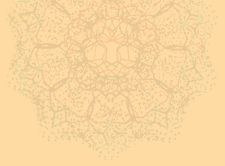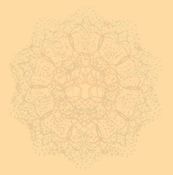Introduction to integrative biophysics
Kluwer Academic Publishers have just released the book "Integrative Biophysics - Biophotonics", edited by Fritz-Albert Popp and Lev Beloussov, which is based on the Summer school lectures held by the members of the International Institute of Biophysics, Neuss, Germany, in September 2001. The contributions provide the most essential background and applications of biophotonics, a rapidly growing field of current scientific research and applications, based on the discovery of biophotons, a weak photon current emanating from all living systems. Biophotonics provides a powerful tool for the non-invasive investigation of living systems and its findings create the basis for a "integrative biophysics" concerned with the questions of regulation, communication and organization of biological systems.
Marco Bischof has contributed a 115-page "Introduction to integrative biophysics" providing the historical and theoretical background for this new transdisciplinary field of biological science and delineating its foundations and its diverse aspects.
Kluwer catalog entry for the book
VERNADSKY’S NOOSPHERE AND SLAVOPHILE SOBORNOST’
Some early concepts of field phenomena in social life.
This new work has just been published in the book "Biophotonics and Coherent Systems in Biology" by Springer, New York.
Abstract: Vladimir I.Vernadsky (1863-1945) certainly is one of the exemplary pioneers of an interdisciplinary and holistic biophysics. The concept of the “noosphere”, one of the less conventional elements of his work, may also turn out to be valuable for the further development of this novel biophysical perspective. The noosphere concepts of Vernadsky and Pierre Teilhard de Chardin (1881-1955), although developed by both scientists from common discussions in Paris, where Teilhard and his friend Le Roy attended Vernadsky’s lectures at the Sorbonne from 1920 to 1924, usually are considered to be fundamentally different. However, upon a closer look at the facts of Vernadsky’s life and personality the differences appear less fundamental, especially if we do not restrict ourselves to Vernadsky’s published statements. Particularly, the notion of a field of collective consciousness, an important element of Teilhard’s view of the noosphere, may also have been part of Vernadsky’s concept of the noosphere. We therefore suggest that Vernadsky’s published statements on the noosphere are a carefully controlled and greatly reduced expression of Vernadsky’s real view of the noosphere, and that Vernadsky’s ideas may also have been influenced by the Slavophile concept of sobornost’. By discussing the history and relationship of these concepts I hope to further elucidate the concept of integral science and to show the possible significance of these philosophical concepts for a biophysical understanding of the field aspects of social life.
Springer New York - Springer Link




